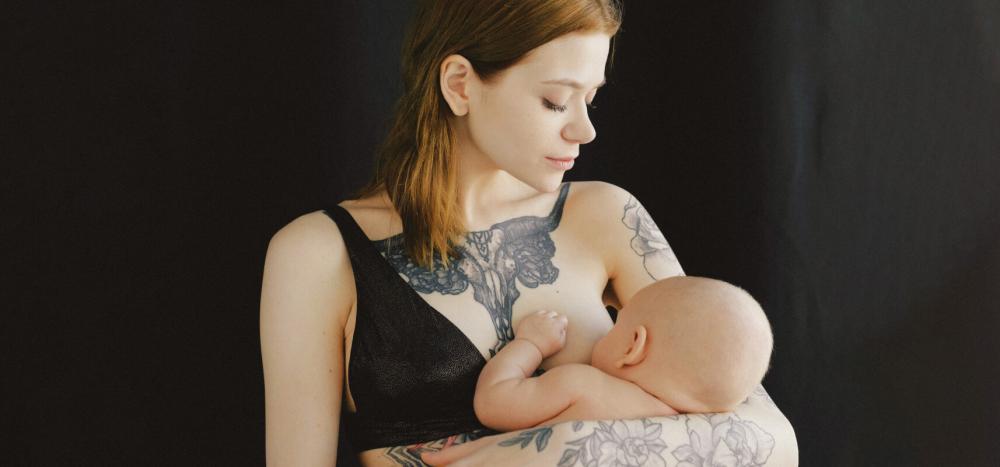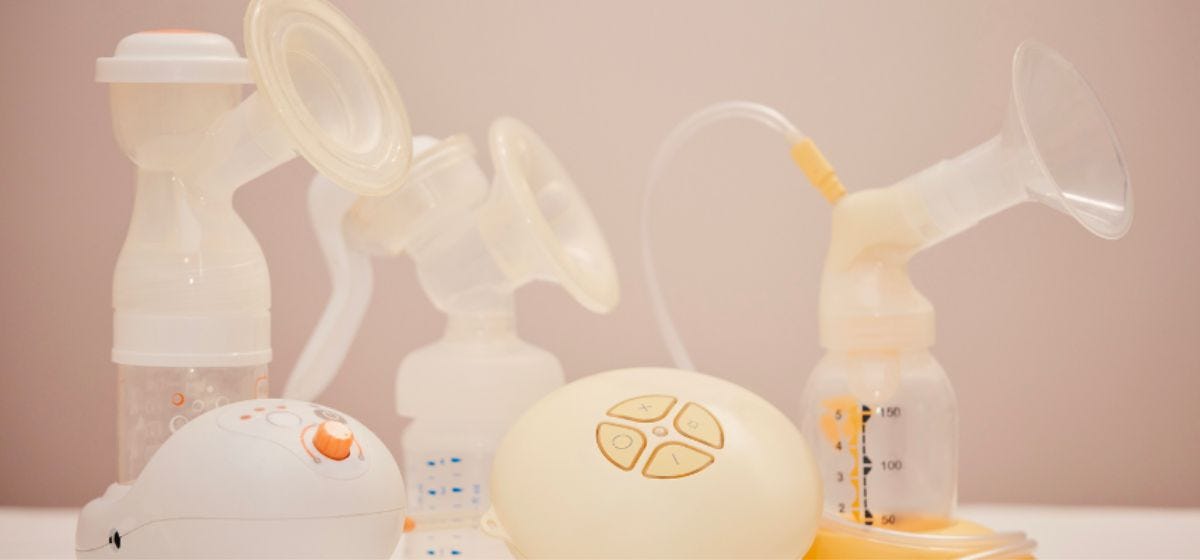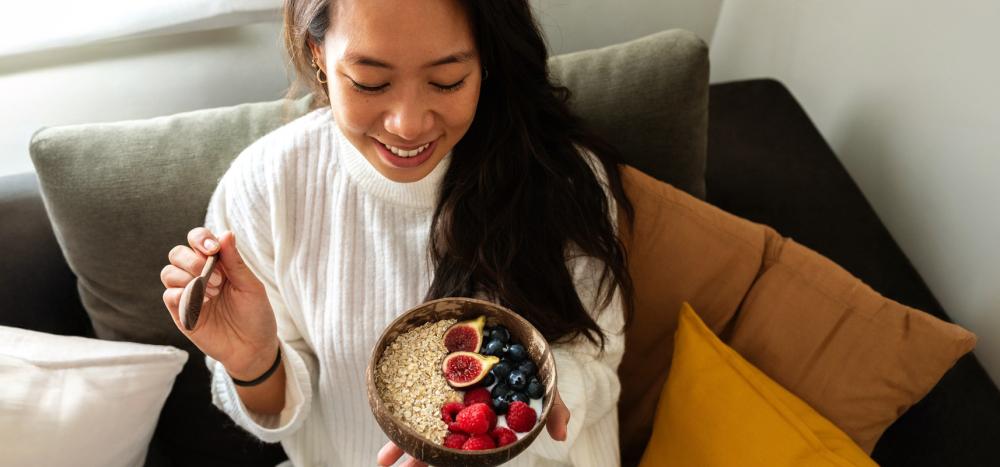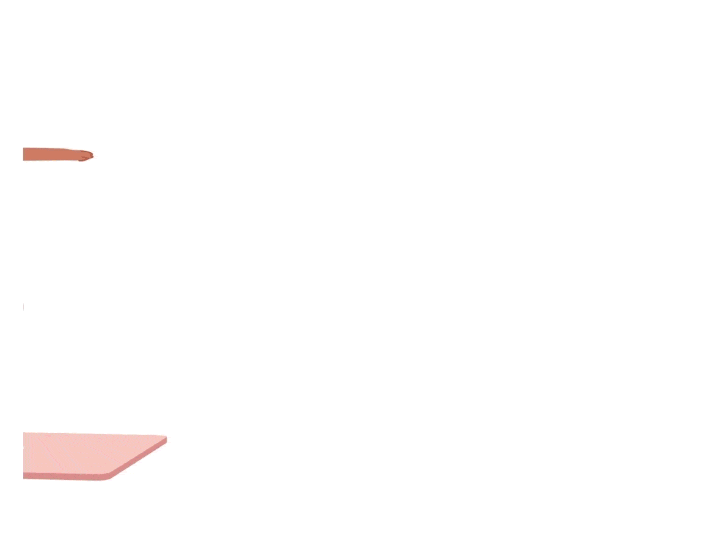Hey mama! If you're rocking nipple piercings and planning to breastfeed, you probably have some questions, primarily: Is it safe to breastfeed with nipple piercings? Will nipple piercings affect breastfeeding?
These are common questions among body-mod mamas, and we’re here to help you navigate this unique aspect of your breastfeeding journey. Whether you got your piercings years ago or are considering them now, we'll walk you through everything you need to know about safely combining body art bling and breastfeeding.
Understanding Nipple Piercings and Breastfeeding
When seeking to understand how nipple piercings affect breastfeeding, it's important to understand that nipple piercings typically pass through the base of the nipple rather than the milk ducts themselves. While this means breastfeeding is absolutely possible with pierced nipples, there are some important considerations to keep in mind.
Common Nipple Piercing Risks
If you’ve recently had your nipples pierced, your body mod artist likely already informed you that nipple piercings can take up to an entire year to fully heal. Nipple tissue is more delicate than, say, ear tissue, due to its proximity to important ducts and blood vessels. Also, given the location of this body modification, friction from clothing and even physical activity can irritate nipple piercings.
When it comes to complications with pierced nipples, the most common ones are infections and rejections. Infections can occur locally around and in the nipple, as well as systemically (which means affecting your entire body) without proper care. It’s also worth noting that infections are estimated to occur in 10% to 20% of nipple piercings. Rejections—the body’s natural reaction to the insertion of a foreign object—are another common piercing concern, regardless of the body part you have pierced.
Additionally, mastitis can sometimes occur after a nipple piercing.
It is recommended to allow your nipple piercing to heal fully before breastfeeding to prevent your baby's saliva from entering the piercing hole and increasing the risk of infection. If time is limited, removing the jewelry and allowing the piercing to close before breastfeeding is the most effective way to minimize this risk.
Breastfeeding with Nipple Piercings
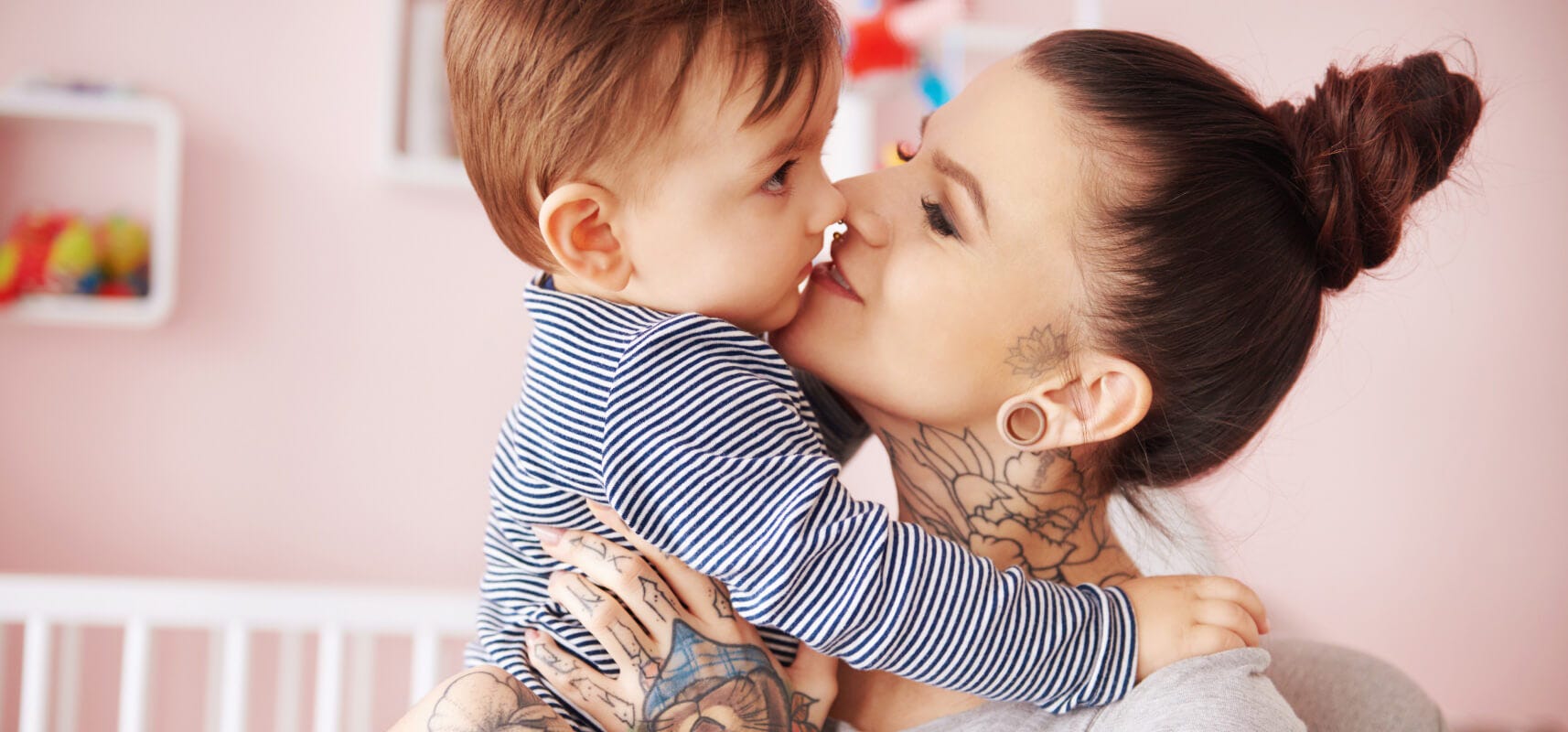

Currently, it is not widely believed that piercing your nipple interferes specifically with lactation (in most cases). The glandular tissue that supports breast milk production is actually behind the nipple. However, in some cases a nipple piercing might damage or clog one of the several milk ducts that allows breast milk to be expressed. This does not necessarily occur in every woman with a nipple piercing, but when it does, it can affect milk flow.
Generally, studies on breastfeeding with pierced nipples are few and far between. While more research is needed in this area, historically speaking, mothers and researchers have expressed concerns about nipple piercings coming loose while breastfeeding (a choking hazard) and poor latching, along with other risks like scar tissue, keloids (benign tumors), plugged ducts, and hyperprolactinemia.
It is recommended that you discuss any questions and concerns with your healthcare provider and a lactation consultant for personalized advice.
Piercings and Pregnancy Safety: Tips and Best Practices
Removing Your Nipple Jewelry
During pregnancy and breastfeeding, your breasts undergo significant changes. While it is recommended that women remove their nipple jewelry around the sixth month of pregnancy, removing your piercings while pregnant is still something you should discuss and plan with your healthcare provider. Remember that even fully healed piercings can change during pregnancy as your breasts prepare for lactation, and everybody—like every pregnancy journey—is different.
However, when it comes to breastfeeding, it is important to remove piercings before any and every breastfeeding session for your baby's safety and the comfort of your baby’s mouth.
Nipple jewelry is a choking hazard and can also make it more challenging for your baby to latch. Nipple jewelry also has the potential to hurt the inside of your baby’s mouth, even if your jewelry isn’t a highly decorative-looking or “pointy” piece.
Caring for Your Piercings
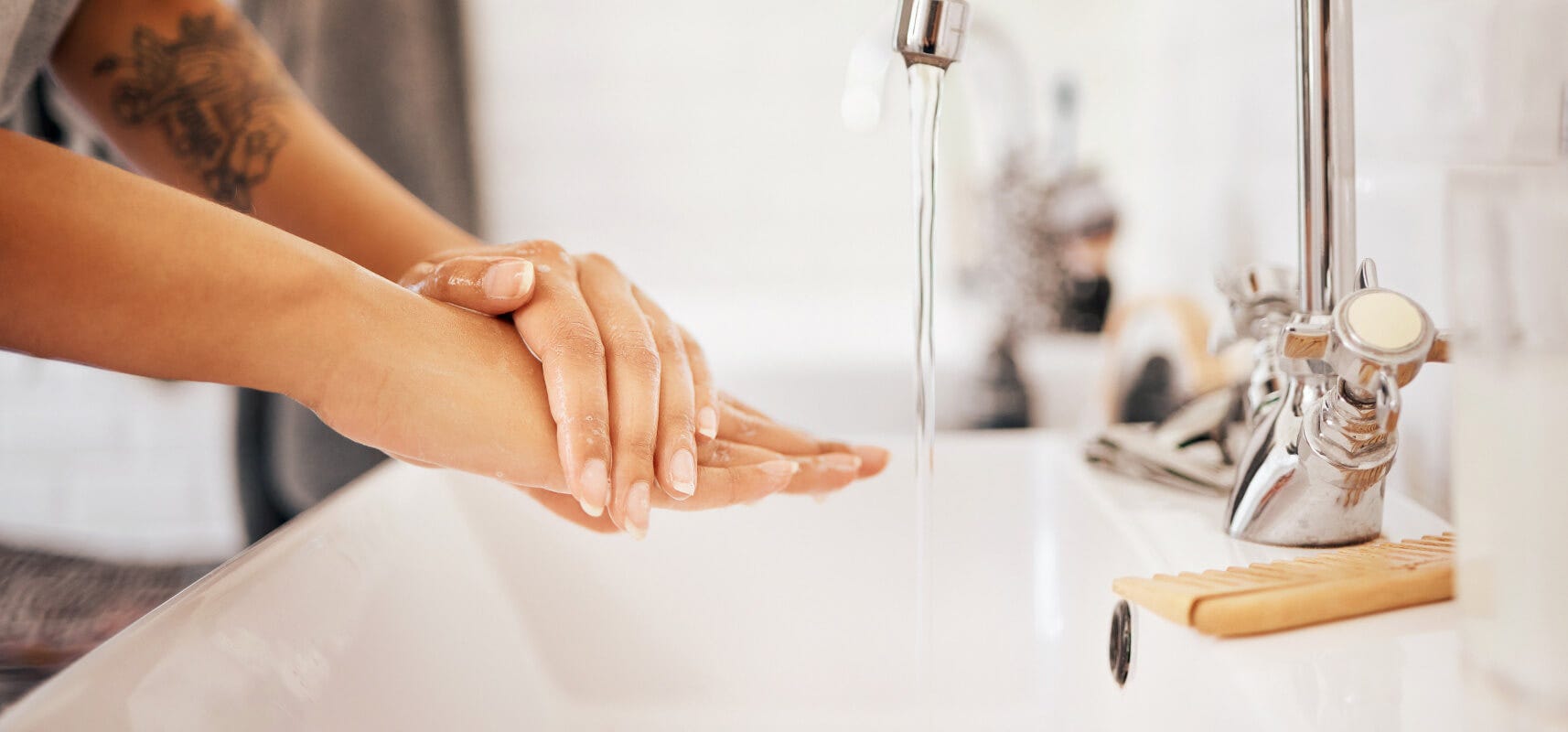

Experts typically suggest removing nipple jewelry throughout the entire time you intend to breastfeed to reduce the risk of infections or other complications, and breastfeeding with nipple piercings in the nipple at the time of feeding is not advised.
That said, if you decide to reinsert jewelry after each feeding, it is crucial to maintain excellent hygiene practices.
-
Use warm water and unscented soap to gently yet thoroughly clean your nipples before reinserting any nipple jewelry.
-
Always wash your hands with warm water and antibacterial soap.
-
Thoroughly clean your nipple jewelry with warm water and unscented soap.
-
Ensure jewelry is completely dry before reinserting it into your nipple.
That said, again, be sure to consult with your healthcare provider to ensure you are following the best practices for your health and your baby’s safety.
Will My Piercings Close?
A common concern among mamas with pierced nipples is whether their piercings will close during the breastfeeding journey. While fully-healed piercings typically don't close completely, they may shrink or tighten.
Common closure windows for nipple jewelry removal include:
-
New piercings (brand new to 6 months): Fresh nipple piercings can close quickly, within days or even hours.
-
Established piercings (6 months to 1 year): These piercings could take several weeks to close.
-
Old piercings (Over 1 year): Piercings you’ve had long-term may never completely close. That said, they might shrink or partially close.
While it may not be ideal to have to re-pierce your nipples, remember that what matters most is your health and that of your baby.
When to Seek Help
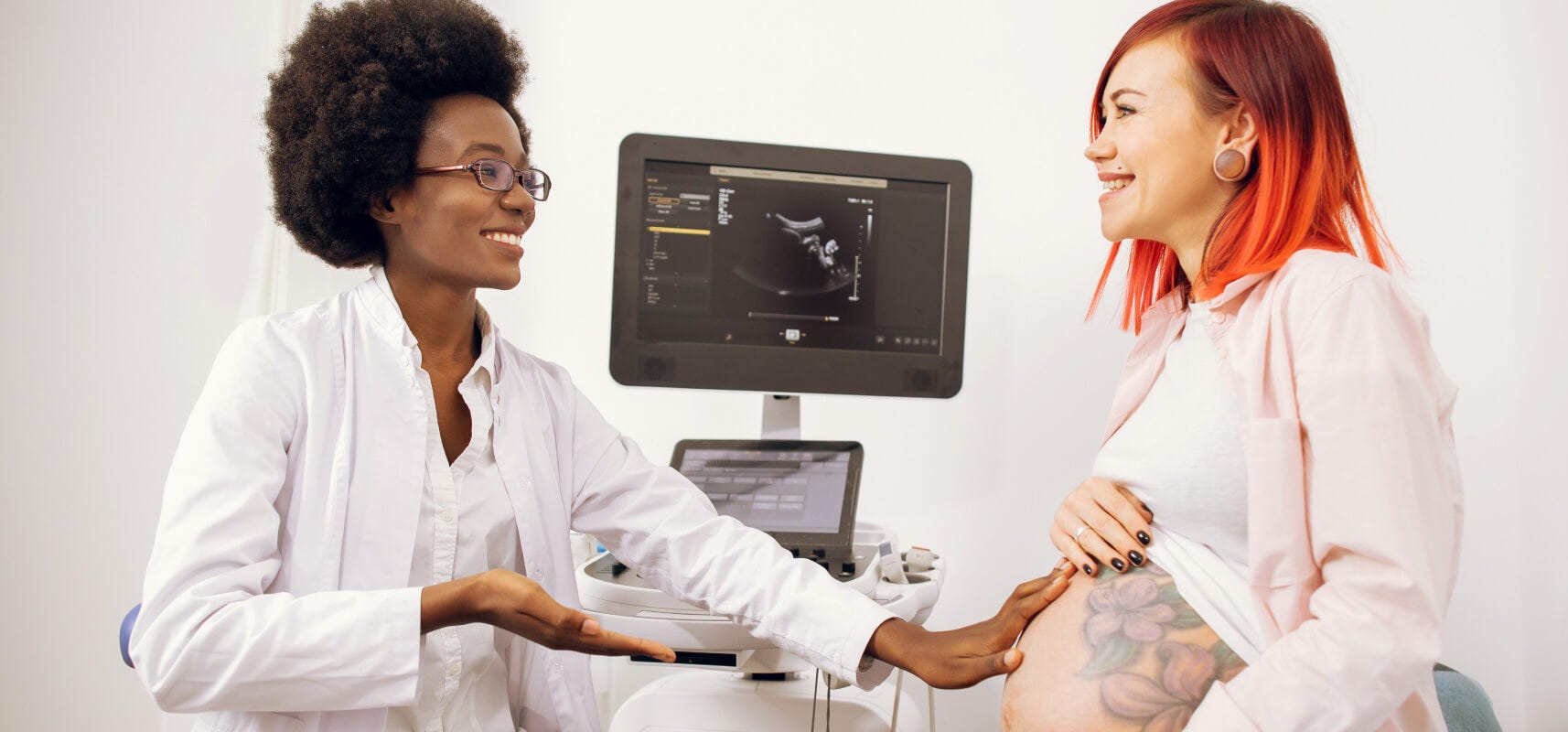

While most pierced mamas successfully breastfeed and experience normal milk flow and milk production, it's important to know when to seek professional guidance from your healthcare provider and/or lactation consultant. And remember, it’s important to closely follow your body artist’s and healthcare provider’s aftercare instructions to ensure your and your baby’s safety.
If you suspect something is wrong, do not hesitate to reach out to your healthcare provider.
Rockin’ the Bling
Having nipple piercings doesn't mean you can't have a successful breastfeeding journey. While you don't want to breastfeed with a recent nipple piercing and you should remove any jewelry prior to feeding, with proper planning, care, and support, you can champion your personal style while nurturing your little one.
Remember, every mama's journey is unique. Whether you choose to temporarily retire your piercings or are planning future ones, the most important thing is making informed decisions that work for both you and your baby.

